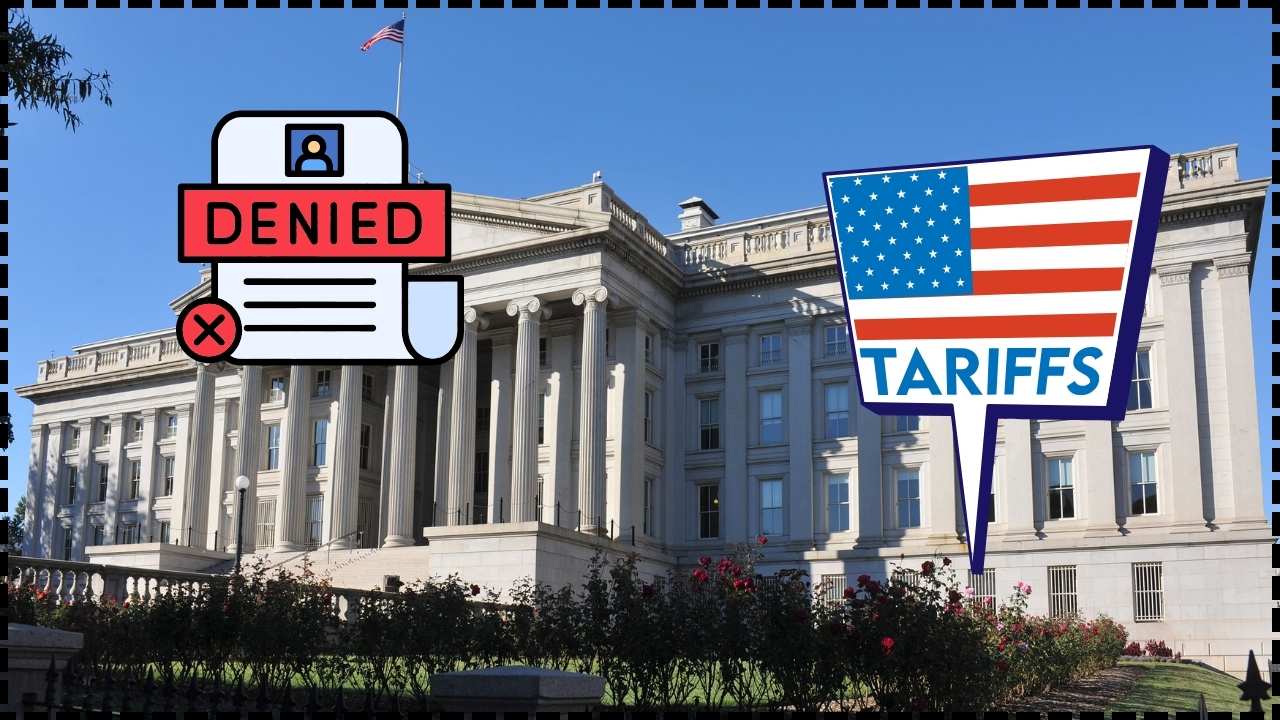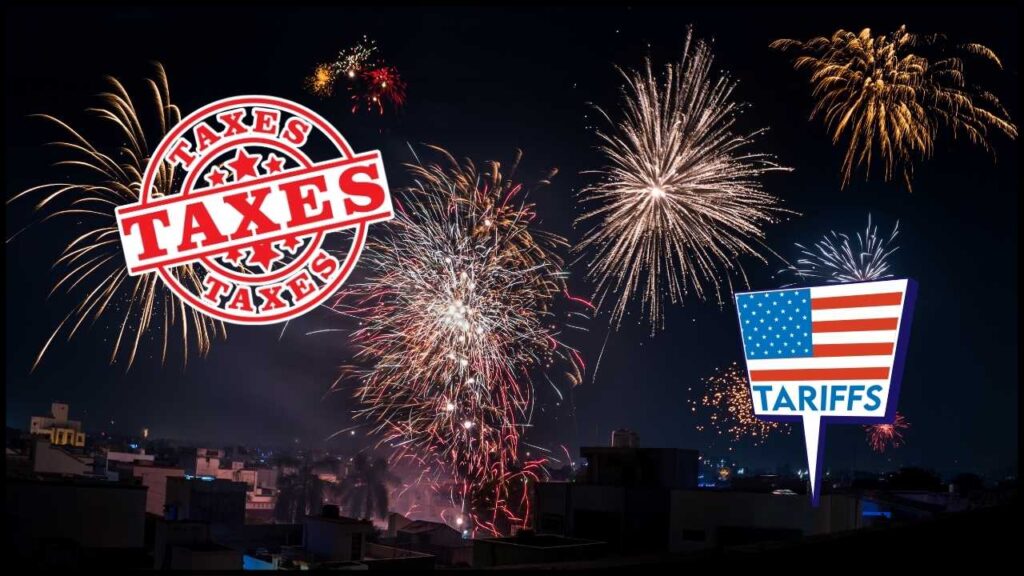
Diwali Tax Cuts May Backfire: When you hear the phrase “Diwali tax cuts”, the first reaction is excitement. Cheaper goods, bigger savings, and families lining up for holiday shopping sprees—it all sounds like a recipe for festive cheer. But this year, India’s plan to slash its Goods and Services Tax (GST) rates before Diwali is facing an unexpected curveball. Former U.S. President Donald Trump, back in the spotlight, has slapped 50% tariffs on Indian exports worth $45 billion. So, while India is trying to boost consumer spending with tax relief at home, its exporters face a massive hit abroad. This double-edged scenario raises a crucial question: could the Diwali tax cuts actually backfire in the face of Trump’s tariff threat?
Diwali Tax Cuts May Backfire
India’s Diwali tax cuts are designed to spark joy and spending during the country’s biggest festival. But with Trump’s 50% tariff shock landing at the same time, the risks are real. Consumers may delay purchases, exporters may lose markets, and states could face budget gaps. Handled well—with clear communication, support for exporters, and diplomatic engagement—India can turn these challenges into opportunities. But if mismanaged, the festive boost could quickly turn into an economic headache.
| Topic | Details |
|---|---|
| Policy | India’s GST restructuring aims to reduce rates on essentials and durables. |
| U.S. Tariffs | Trump announced 50% tariffs on $45B worth of Indian exports. |
| Economic Impact | SBI warns U.S. GDP could lose 40–50 basis points; India may flip from trade surplus to deficit. |
| Risks | Inventory pile-ups, consumer spending delays, center–state revenue friction. |
| Opportunities | Lower GST could stimulate demand for appliances, cars, and FMCG. |
| Official Source | Government of India GST Council |
What Are the Diwali Tax Cuts?
India’s GST is essentially a nationwide sales tax that covers almost everything—from groceries to luxury cars. The system currently has five slabs: 0%, 5%, 12%, 18%, and 28%. The Modi government plans to simplify this into fewer tiers while lowering rates on popular categories.
- Essentials like dairy, snacks, and textiles may drop from 12% to 5%.
- Household durables like TVs, air conditioners, and cement may fall from 28% to 18%.
- Luxury cars taxed at 48% may fall closer to 40%.
- Small cars and motorcycles may see a reduced rate around 18%.
In theory, this is designed to give families more spending power during Diwali, India’s biggest shopping season. Lower prices on electronics, clothing, and vehicles could spark a wave of purchases. But here’s the catch: if consumers expect lower prices soon, they might delay their purchases, leaving retailers stuck with excess stock in the short run.
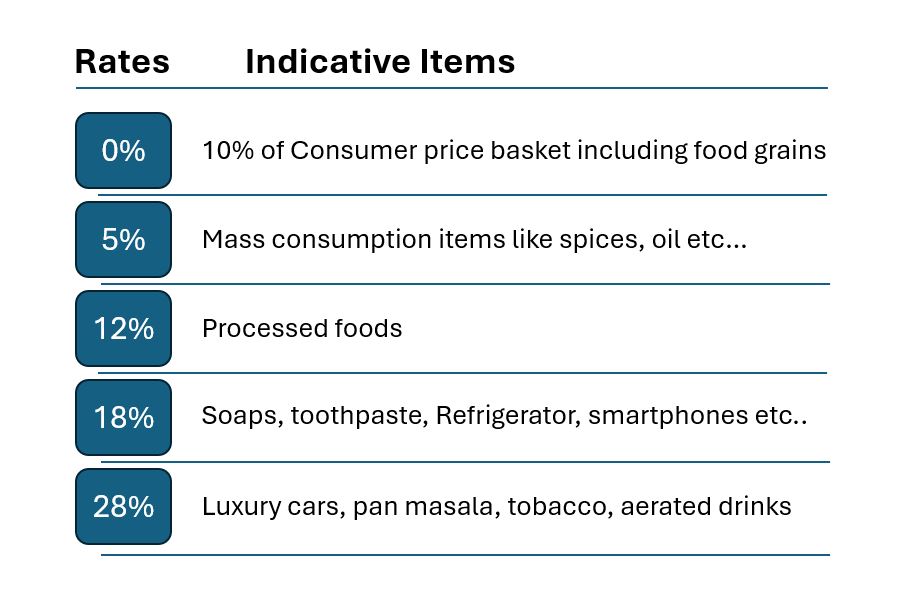
Lessons from the Past
This isn’t the first time India has tried a major GST shake-up around a festive season. Back in 2017, the GST rollout was so complex that it left both businesses and consumers confused. Sales slowed down initially before stabilizing months later.
On the global front, the U.S. has also used tariffs as a weapon before. During Trump’s first presidency, his trade war with China disrupted global supply chains and triggered retaliatory duties. India wasn’t spared then either—American tariffs hit steel and aluminum exports, and India responded with its own set of duties. The pattern is repeating in 2025, except this time India is dealing with internal reforms simultaneously.
Trump’s Tariff Shock
On August 27, 2025, Trump officially raised tariffs on Indian exports from 25% to 50%. That’s a doubling of duties overnight, affecting $45 billion worth of products.
Key details include:
- Top hit sectors: textiles, gems and jewelry, leather, and consumer goods.
- U.S. GDP loss: 0.40–0.50%, according to State Bank of India estimates.
- Inflation risk: U.S. inflation may stay above 2% through 2026.
- Indian impact: A potential flip from a $20B trade surplus with the U.S. into a deficit.
This tariff wall directly hits India’s export-dependent small businesses and workers. Textile hubs in Gujarat, jewelry workshops in Surat, and leather factories in Tamil Nadu all face shrinking orders. The human cost could be job losses, lower wages, and reduced competitiveness in global markets.
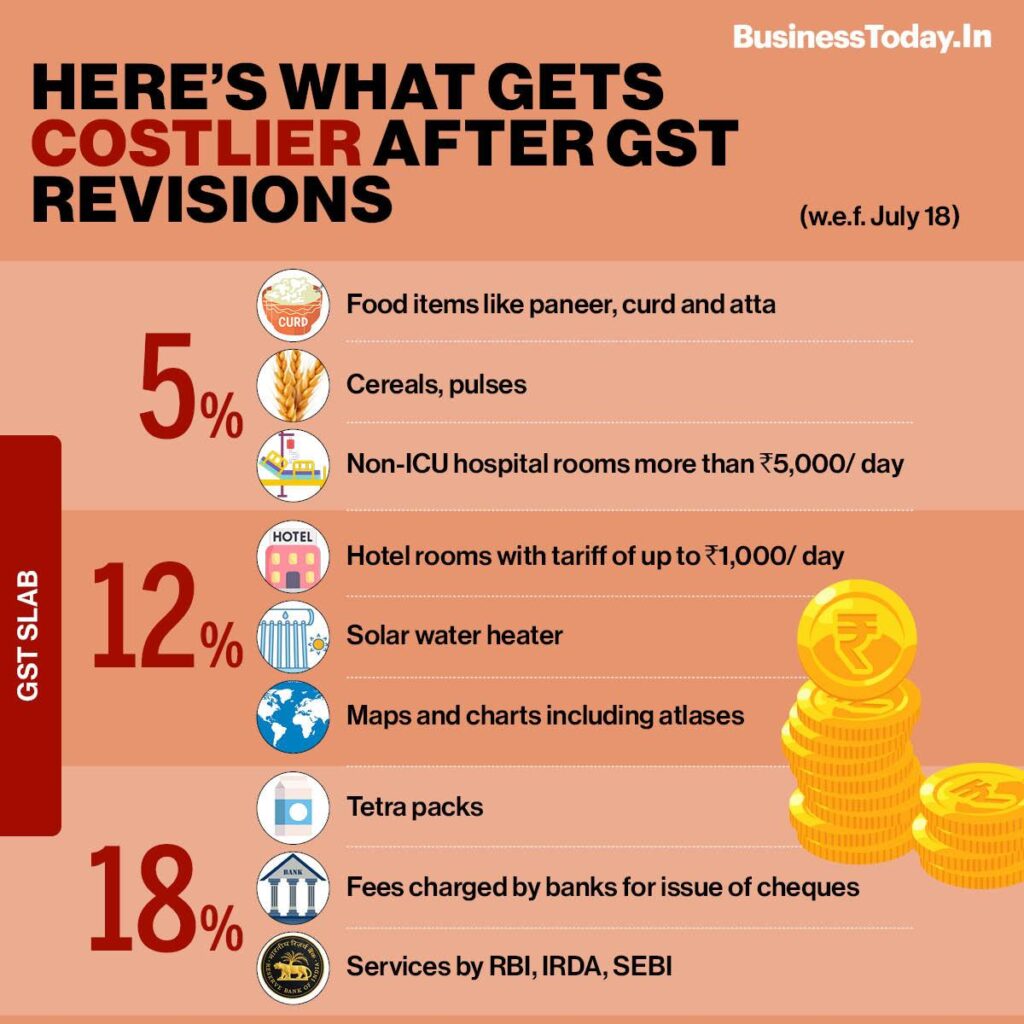
Global Ripple Effects
Trade shocks rarely stay contained to two countries.
- Europe may receive redirected Indian exports, pushing down prices there.
- China could benefit by expanding its market share in the U.S. as Indian exporters lose ground.
- Global supply chains for apparel, electronics, and gems could face delays and rising costs.
Essentially, this is not just an India–U.S. issue—it could reset trade flows across Asia, Europe, and Africa.
Sector-by-Sector Breakdown
Textiles and Apparel
India exports around $9 billion worth of textiles annually to the U.S. With tariffs doubling, American retailers may turn to Bangladesh or Vietnam instead. Indian exporters, who already operate on thin margins, could lose contracts fast.
Gems and Jewelry
India is the world’s diamond-cutting hub. U.S. buyers, now facing higher prices, may scale back imports or source finished jewelry from other markets like Thailand.
Automobiles
Domestic auto sales could rise thanks to GST cuts. Families buying motorcycles and small cars may benefit directly. But exporters of auto components to the U.S. could face lower demand.
Pharmaceuticals and IT
These sectors are relatively insulated. The U.S. heavily depends on affordable Indian pharmaceuticals, and India’s IT services are integral to American corporations.
Consumer Electronics
Domestic buyers may enjoy cheaper electronics post-GST cut. Exporters of components, however, could lose competitiveness in the U.S. market.
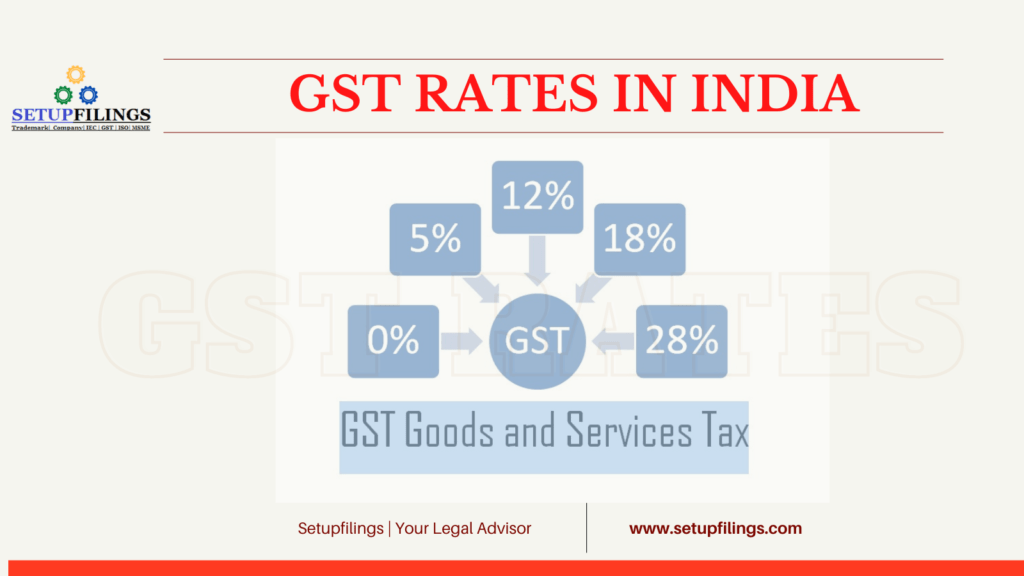
Market and Investor Reactions on Diwali Tax Cuts May Backfire
Despite the storm, financial markets have remained surprisingly steady.
- The Nifty index has stayed flat, suggesting investor confidence in India’s resilience.
- The rupee dipped modestly but remained supported by strong forex reserves.
- Fitch Ratings reaffirmed India’s credit outlook, citing robust policy buffers.
- Foreign investors, however, are adopting a wait-and-see approach, watching GST implementation details before committing further capital.
The Human Angle
To make this more real, let’s take two examples.
Ravi, a textile exporter in Gujarat, has seen his U.S. buyers pause orders. With tariffs doubling, his goods are simply too expensive. He fears laying off workers if the situation doesn’t improve.
Neha, a young professional in Delhi, is thrilled by the idea of GST cuts. She’s holding off buying a new car until the new rates kick in. But if everyone does the same, car dealerships will suffer in the short run, and Neha might find long delivery delays once demand spikes.
This tension between exporters losing markets and consumers waiting for deals defines the tricky timing of the policy.
Consumer Psychology: Why Timing Matters
Tax cuts don’t just change prices—they change behavior. Economists call it the “wait-and-see effect.” When people expect cheaper prices, they delay spending. In India, where Diwali is the biggest shopping event of the year, this effect could be magnified.
At the same time, once GST cuts kick in, demand could spike so high that retailers face stock shortages, and prices may not actually fall as much as consumers hoped. This creates a mismatch that frustrates both buyers and sellers.
Practical Advice and Action Steps
For Businesses:
- Keep inventories lean heading into Diwali.
- Explore export markets beyond the U.S., especially in Europe and Africa.
- Negotiate more flexible supply contracts.
For Consumers:
- Don’t delay too long. If a pre-Diwali deal looks good, grab it. Post-GST, demand spikes could offset savings.
- Plan big-ticket buys like vehicles or electronics based on clear government timelines, not speculation.
For Policymakers:
- Ensure transparent communication about GST rollout to avoid confusion.
- Provide export credit and subsidies to cushion small exporters.
- Engage in trade diplomacy with the U.S. to negotiate relief.
Jane Street Tax Probe Deepens as EY Pulled Into Investigation
Big GST Cuts, But Who Really Benefits? Profiteering Worries Raise Red Flags
Will Modi’s GST Reforms Tame Inflation and Push RBI Toward Cuts?



